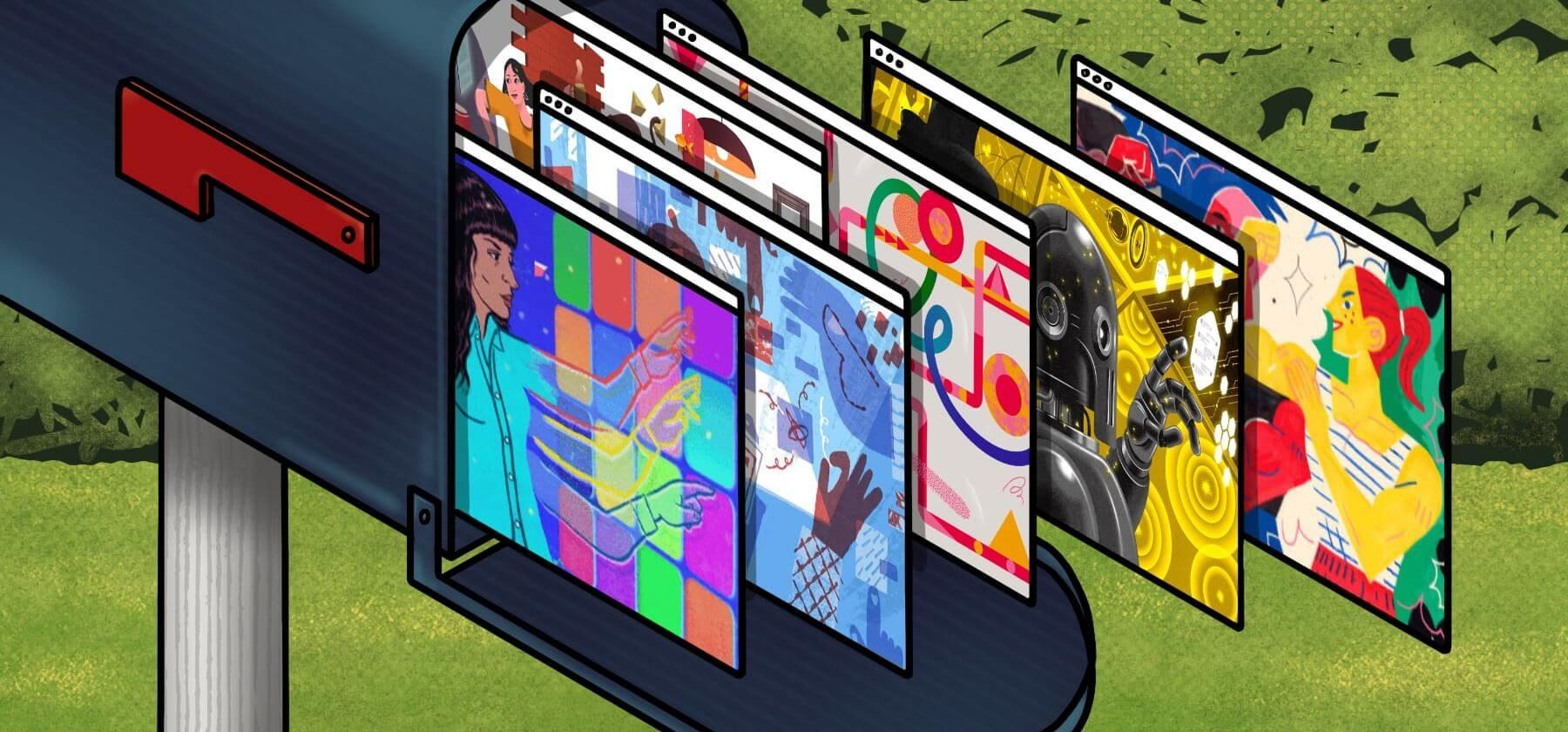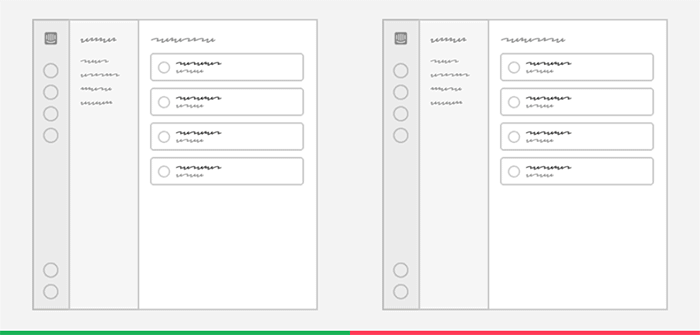
Reading list: Thinking about design
Main illustration: Susan Payne
Intercom is a proudly product-first company, with a focus on delivering great product that helps our customers build relationships with their users.
Being product-first or product-led has shaped our culture and ethos in very palpable ways, and one of the characteristics of that culture is the degree to which we think deeply about design.
Above all, we have fostered a culture that encourages strong opinions – our opinions can change with time and circumstance, of course, but what remains consistent is our commitment to carefully and deeply considering our beliefs, and above all testing them.
“We have regularly put forward opinions and ideas and beliefs on the nature of product design”
A lot of that consideration happens as part of the process by which we build product – the discussion and debate among product managers, designers and engineers leads to a constant testing and refining of beliefs and opinions.
And yet more of that consideration has happened here on Inside Intercom, where we have regularly put forward opinions and ideas and beliefs on the nature of product design.
Here is a collection of some of the most popular posts on design over the years – some of these ideas have been divisive, some of these ideas have evolved, some of these ideas have been left behind. But all of it points to the way we think deeply and seriously about design, and ultimately how seriously we take the task of building great products for our customers.
The Dribbblisation of design
This hugely influential 2013 post by SVP of Product Paul Adams articulated a lot of the core design thinking at Intercom – from the importance of clear company mission and vision to the four layers of product design, and much else besides.

Key takeaway:
“If product design is about solving problems for people within the constraints of a specific business, then it simply feels that many people calling themselves product/UX designers are actually practicing digital art. They are Artists. They are Stylists. Executing beautiful looking things, certainly an important skill, but not practising product design.”
The full stack design system
Our Senior Director of Product Design, Emmet Connolly, has written extensively on Inside Intercom over the years, and this post remains one of his most popular. In it, he dives into the value of having a solid underlying design system, with a shared conceptual model of a product underpinned by a common language, design resources and code components.

New York City Transit Authority Graphics Standards Manual by Massimo Vignelli and Bob Noorda, 1970 source.
Key takeaway:
“Every time we build something new at Intercom we ask ourselves how we can solve the problem using the materials we already have. New concepts naturally creep in as needed, but they are introduced consciously and we’re diligent about merging concepts whenever we have the opportunity.”
Design workshops that work: How to get better at brainstorming
Design and collaboration go hand in hand, as former Intercom product designer Cindy Chang explains in this piece. But effective collaboration and brainstorming requires a degree of design, in a sense – this post offers a useful structure for having effective design workshops.

Shek, one of our designers, sharing an idea in our brainstorm.
Key takeaway:
“Running a good brainstorm is all about making people feel comfortable enough to toss around ideas. But this isn’t always easy. Common problems I’ve heard are folks talking over one another, one person sharing all the ideas, or someone’s ideas getting discounted for some reason. And so, no matter how experienced a group is, I always like to take a minute to go over some ground rules for brainstorming before we begin. Even a quick run-through will get everyone on the same page and in the mood for a productive session together.”
Intercom on Product: The dawn of a new decade
For the past few years, co-founder and Chief Strategy Officer Des Traynor has sat down with Paul and Emmet for a podcast reflecting on design and product trends, and looking forward to what the future might bring. Thanks to COVID-19, this year’s episode already feels like it belongs to a different era, but it captures a lot of fascinating observations around the direction of our industry over the past decade. Listen to the conversation here:
Key takeaway:
“We entered this decade mostly using SMS and we’ve exited using 27 messaging apps. Whether or not it’s good or bad, leave it to the listener to decide but I think we have shifted massively towards messaging. WhatsApp is probably the iconic one specifically in Europe, but you’ve got iMessage, Snapchat, Facebook Messenger, Instagram messenger, Kik, WeChat etc. Right? There’s been no shortage of them.”
The cult of conversational design: why forms aren’t dead yet
This post is one of the best explanations of our design thinking in practice, as former Intercom product designer Shekman Tang offers an exploration of a major UI trend that we have considered deeply in building our product – that of conversational design.

Key takeaway:
“As designers, we should avoid jumping on the bandwagon when the latest UI trend rolls round. Instead, we should focus on the problems in hand, fully explore possible solutions (old and new), and evaluate based on what’s best for the users, not based on our own design ego.”
Intercom’s fundamentals of good interaction design
Our Principal Product Designer Gustavs Cirulis puts forth nine key tenets for good interaction design, a foundation of best practice that helps shape our product design process.

Key takeaway:
“Increased focus on customer and business needs shouldn’t be an excuse for bad interaction design. Design fundamentals like these help set a baseline for interaction design quality, help avoid egregious errors, and ultimately act as a foundation on which to build excellent customer-focused software.”
If you found this useful or have other topics you’d like to see us cover in the Reading List series you can give us feedback through the Messenger on this page.
Read more posts in the Reading List series here.








